 United Confederate Veterans Reunion HQ
United Confederate Veterans Reunion HQ
Entry Type: Place
 United Confederate Veterans Reunion HQ
United Confederate Veterans Reunion HQ
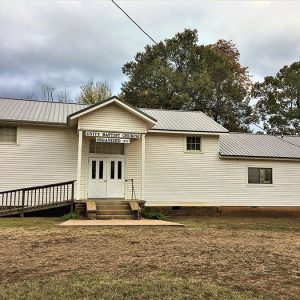 Unity Baptist Church
Unity Baptist Church
 Unity Baptist Church
Unity Baptist Church
University of Arkansas
aka: University of Arkansas, Fayetteville (UA)
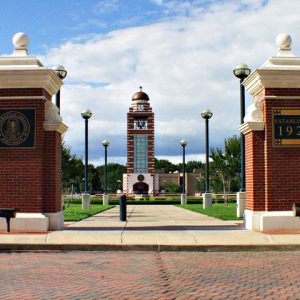 University of Arkansas at Fort Smith
University of Arkansas at Fort Smith
University of Arkansas at Fort Smith (UAFS)
University of Arkansas at Little Rock
aka: UALR
aka: UA Little Rock
 UALR Campus Housing
UALR Campus Housing
University of Arkansas at Little Rock William H. Bowen School of Law
University of Arkansas at Monticello (UAM)
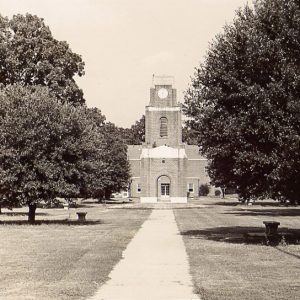 University of Arkansas at Pine Bluff Clock Tower
University of Arkansas at Pine Bluff Clock Tower
 UACCB Campus
UACCB Campus
 UACCM Campus
UACCM Campus
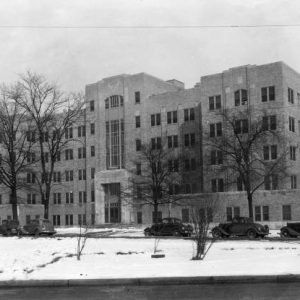 University of Arkansas for Medical Sciences
University of Arkansas for Medical Sciences
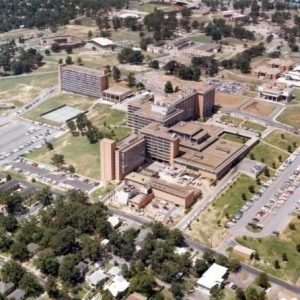 University of Arkansas for Medical Sciences
University of Arkansas for Medical Sciences
University of Arkansas for Medical Sciences (UAMS)
University of Arkansas Rice Research and Extension Center
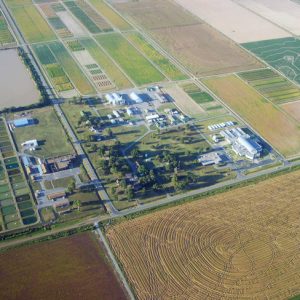 University of Arkansas Rice Research and Extension Center
University of Arkansas Rice Research and Extension Center
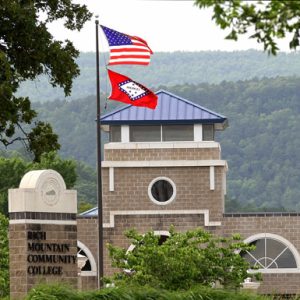 UA Rich Mountain
UA Rich Mountain
University of Arkansas Rich Mountain
aka: Rich Mountain Community College
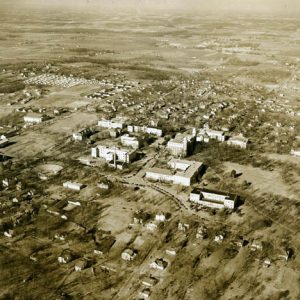 University of Arkansas, Fayetteville
University of Arkansas, Fayetteville
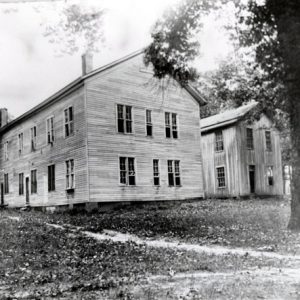 University of Arkansas's First Buildings
University of Arkansas's First Buildings
 University of Central Arkansas (UCA)
University of Central Arkansas (UCA)
 University of Central Arkansas (UCA) Fountain
University of Central Arkansas (UCA) Fountain
 University of the Ozarks
University of the Ozarks
 Walker Hall
Walker Hall
Uno (Poinsett County)
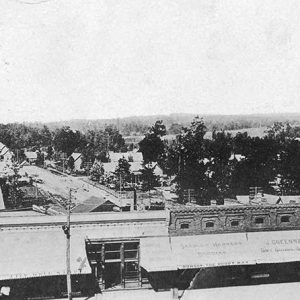 Upper DeQueen Avenue
Upper DeQueen Avenue
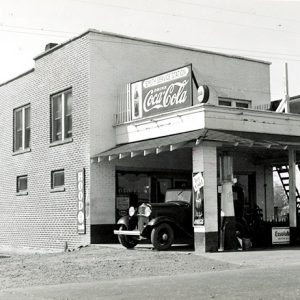 V. R. Smith Filling Station
V. R. Smith Filling Station
Vaden (Clark County)
 Valentine Diner
Valentine Diner
Valley Springs (Boone County)
Van Buren (Crawford County)
Van Buren County
 Van Buren County Courthouse
Van Buren County Courthouse
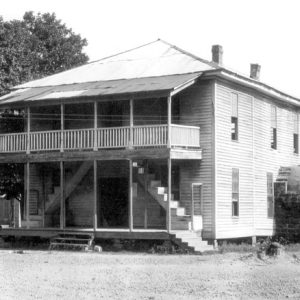 Van Buren County Courthouse
Van Buren County Courthouse
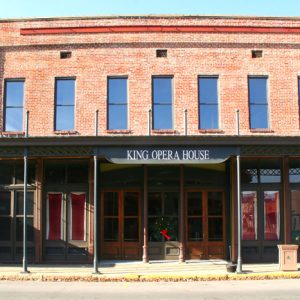 Van Buren Opera House
Van Buren Opera House
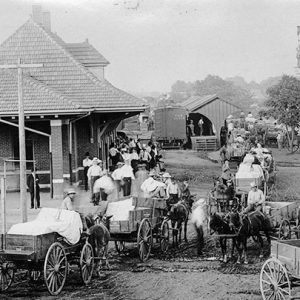 Van Buren Peach Harvesters
Van Buren Peach Harvesters
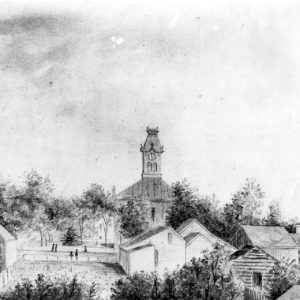 Van Buren Sketch by William Minor Quesenbury
Van Buren Sketch by William Minor Quesenbury
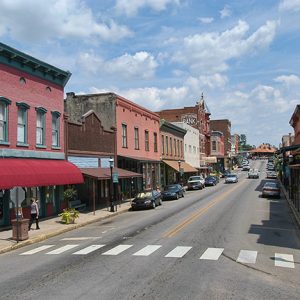 Van Buren Street Scene
Van Buren Street Scene
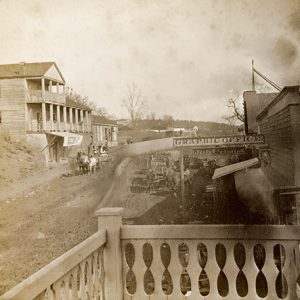 Van Buren Street Scene
Van Buren Street Scene
 Van Buren Street Scene
Van Buren Street Scene
 Van Buren Street Scene
Van Buren Street Scene
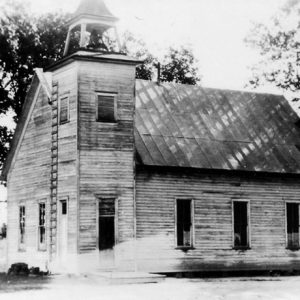 Vandervoort Methodist Church
Vandervoort Methodist Church
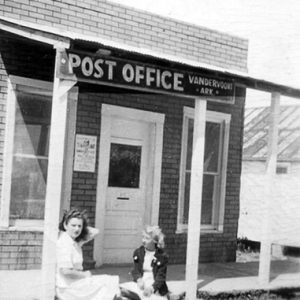 Vandervoort Post Office
Vandervoort Post Office
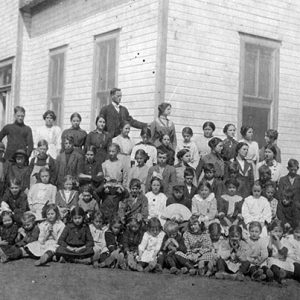 Vandervoort School
Vandervoort School
Vandervoort (Polk County)
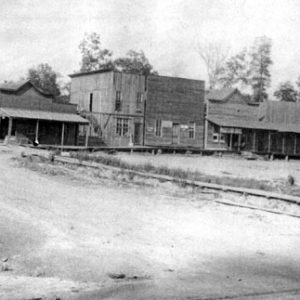 Vandervoort Street Scene
Vandervoort Street Scene
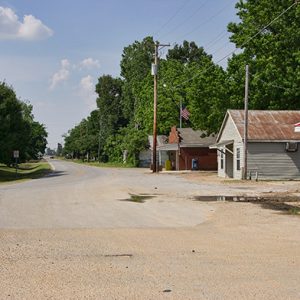 Vanndale
Vanndale




